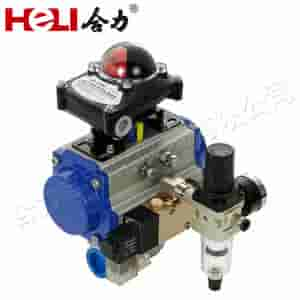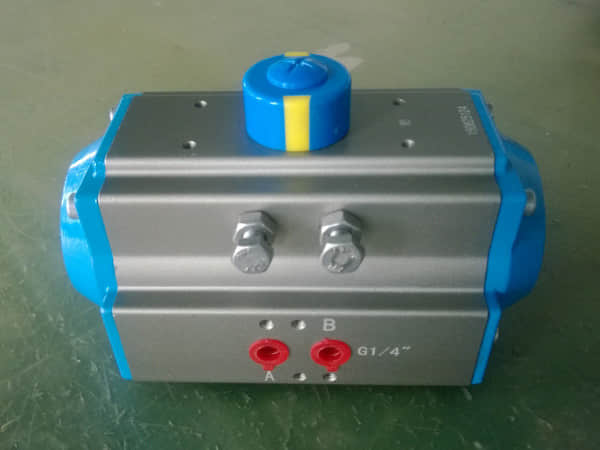
Pneumatic actuators are essential components in various industrial applications, utilizing compressed air to create mechanical movement. They convert the energy stored in compressed air into mechanical motion, allowing machines and systems to perform specific tasks. This article explores the working principles, types, advantages, and applications of pneumatic actuators, providing a comprehensive understanding of their significance in modern automation and control systems.

Working Principles of Pneumatic Actuators

